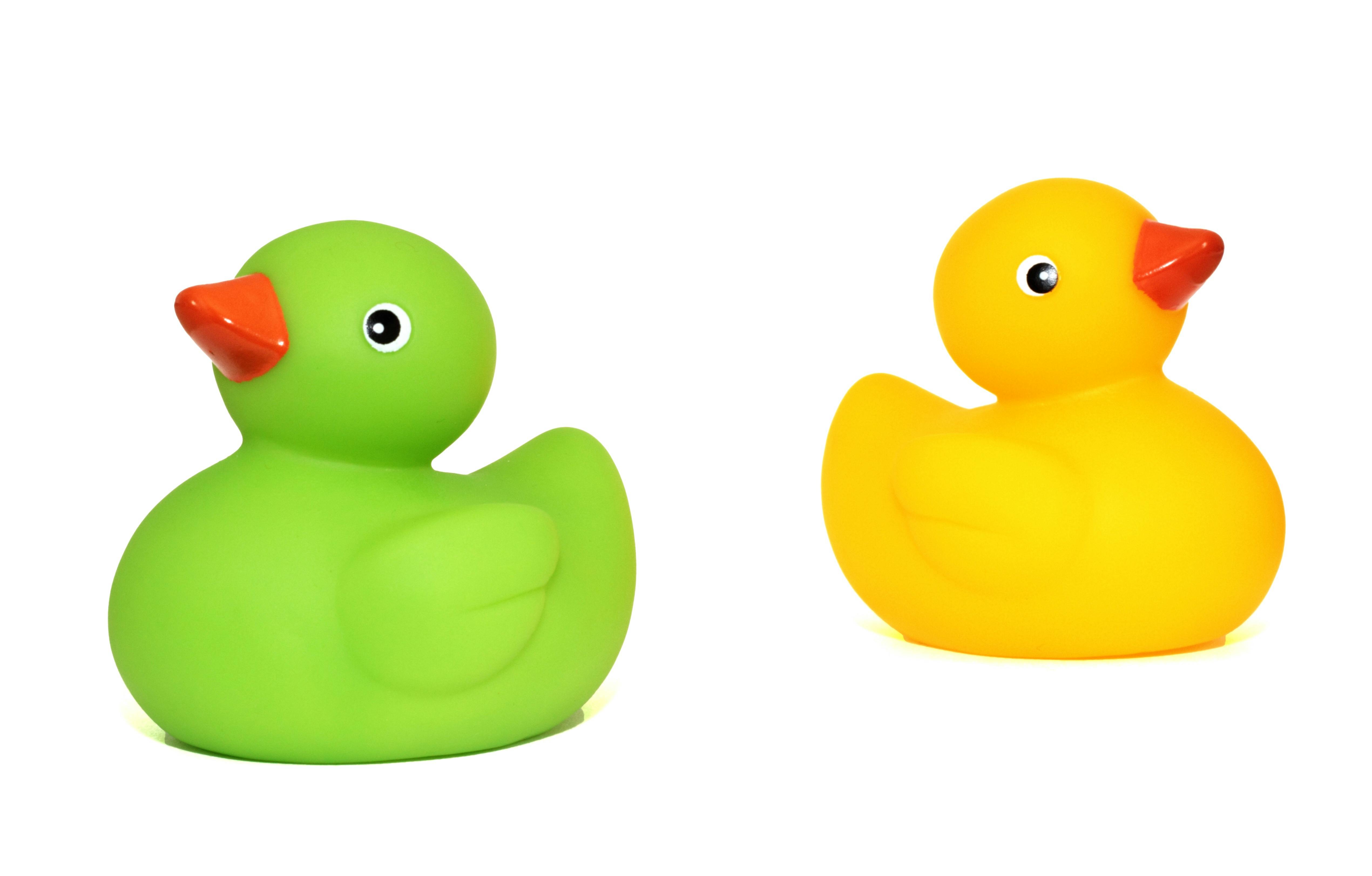Having a yellow smile can be embarrassing for any child. As a parent, you may be wondering why your child’s teeth are yellow and what you can do to help. In this article, we will discuss the causes of yellow teeth in children, as well as ways to restore your child’s bright white smile.Yellow teeth in children can be caused by a variety of factors. The most common is poor oral hygiene, which can lead to plaque build-up and staining of the teeth. Other possible causes include smoking, excessive consumption of certain foods and beverages (e.g. coffee, tea, and soda), certain medications, and underlying medical conditions such as diabetes or acid reflux.
Normal vs Abnormal Tooth Discoloration in Children
Tooth discoloration in children can be either normal or abnormal. Normal tooth discoloration is most commonly caused by poor oral hygiene, certain foods and drinks, and the effects of aging. Poor oral hygiene can lead to a buildup of plaque, which can cause yellowing of the teeth. In addition, foods and drinks that are high in sugar or acid can also cause staining. Aging can also affect the color of teeth as they naturally become darker with age. All of these causes are considered normal and can usually be remedied by brushing and flossing regularly and avoiding certain foods and drinks that contribute to staining.
Abnormal tooth discoloration is caused by a variety of factors such as trauma to the teeth, environmental factors, genetics, certain diseases, or even medications. Trauma to the teeth such as a fall or accident may cause discoloration due to blood or other fluids entering the enamel of the tooth. Environmental factors such as exposure to fluoride or chlorine can also lead to abnormal discoloration. Genetics may play a role in abnormal discoloration if one or both parents have teeth that are unusually colored. Certain diseases like diabetes may also lead to abnormal discoloration due to a lack of blood flow and nutrients getting to the teeth. Finally, certain medications like antibiotics may also cause abnormal discoloration if taken for long periods of time.
In conclusion, it is important for parents to be aware of possible causes for both normal and abnormal tooth discoloration in children so they can take steps to ensure their child’s dental health is maintained. If your child has any unusual tooth discolorations it is best to take them for a checkup with their pediatric dentist as soon as possible so they can identify the cause and treat it accordingly.
Home Remedies for Whitening Teeth
Having healthy and white teeth is important for children, especially as they enter their teen years. Unfortunately, many of the store-bought whitening products contain harsh chemicals that can be irritating to young gums. Fortunately, there are several natural home remedies available that can safely whiten teeth without the use of potentially risky chemicals.
One of the best home remedies for whitening teeth is to brush with baking soda. This common household item is a mild abrasive that helps remove surface stains and brighten teeth. Baking soda should be mixed with a small amount of water to form a paste and then applied with a toothbrush. After brushing, rinse your mouth thoroughly with water.
Another popular option for whitening teeth at home is to rub the surface of the teeth with a slice of lemon or lime, followed by brushing with toothpaste and rinsing thoroughly with water. Citrus fruits contain mild acids which can help break down plaque and remove surface staining from teeth. It is important to note that this technique should only be used once or twice per week, as too much acid can weaken enamel over time.
Activated charcoal is also an effective way to naturally whiten teeth at home without using harsh chemicals. This substance helps absorb plaque and bacteria from the surface of the teeth and can help remove yellow staining caused by coffee or tea consumption. Activated charcoal must be mixed with a small amount of water before applying it to the toothbrush and gently brushing it onto the tooth surface for two minutes before rinsing thoroughly with water.
Finally, apple cider vinegar is another natural remedy for whitening teeth at home without resorting to store-bought products containing harsh chemicals. To use apple cider vinegar as a whitener, mix it with equal parts water before swishing it around in your mouth for one minute before spitting out and rinsing well with water. As an added bonus, apple cider vinegar can also help reduce bad breath in children who are prone to this problem.
In conclusion, there are several natural home remedies available that can safely whiten children’s teeth without resorting to store-bought products containing harsh chemicals or other potentially harmful ingredients. Brushing regularly with baking soda, rubbing gently with citrus fruits like lemons or limes, using activated charcoal mixed with water on a toothbrush, or swishing around apple cider vinegar diluted in equal parts water are all effective ways to naturally brighten young smiles in a safe manner that won’t damage their delicate gums or enamel over time.

Professional Treatments That Can Whiten Your Child’s Teeth
The appearance of your child’s smile is important and, luckily, there are several professional treatments available to whiten their teeth. Professional whitening treatments can provide dramatic results in a short period of time and are usually safe for use on children over the age of twelve.
The most popular professional treatment for whitening teeth is bleaching. This involves using a special gel that contains hydrogen or carbamide peroxide to break down the molecules that cause discoloration on the teeth. The gel is applied directly to the teeth and left there for a certain amount of time, usually 15-30 minutes, before being rinsed off. The process must be repeated several times before any noticeable difference is seen.
In-office whitening is another professional treatment option that can be used to whiten your child’s teeth. During an in-office procedure, a special light or laser may be used to activate the bleaching agent and speed up the process. Typically, this type of treatment can provide results in just one visit, although multiple visits may be needed depending on the degree of discoloration.
Another type of professional treatment available is dental veneers. Veneers are thin porcelain shells that are placed over the front surface of your child’s teeth to hide any discoloration and create a brighter smile. Veneers typically last about 10 years before they need to be replaced and are generally considered safe for use in children over 12 years old.
Finally, there is tooth bonding which involves applying a composite material directly onto the surface of your child’s teeth in order to hide any discoloration or chips and create a more uniform smile. Tooth bonding typically lasts between 3-5 years before it needs to be replaced and can provide immediate results with just one visit.
Overall, there are several professional treatments available that can help whiten your child’s teeth and give them a brighter smile. It is important to consult with your child’s dentist first so that they can determine which type of treatment would be best for their individual needs.
Yellowing Teeth in Children: Should I Be Concerned?
It is normal for children to have yellowing teeth, as enamel continues to form until the age of 16. While this type of discoloration is not necessarily a sign of poor oral health, it can be a sign that your child’s teeth are not receiving proper care. If your child’s teeth are yellowing, it is important to take them to the dentist for an exam and cleaning.
The dentist can help determine the cause of the yellowing and make recommendations for treatment. It is important to note that yellowing teeth can be caused by several factors, including poor hygiene, genetics, and certain medications. The most common cause of yellowing teeth in children is poor oral hygiene.
Poor oral hygiene includes not brushing or flossing regularly and eating sugary snacks or drinks throughout the day. These habits can lead to plaque build-up on the teeth, which will eventually turn into tartar. This tartar can cause staining and discoloration of the teeth, resulting in yellowed enamel.
In addition to poor hygiene, genetics can also play a role in tooth discoloration. Some children may be born with thinner tooth enamel that is more susceptible to stains from things like food or drinks. Similarly, some medications can cause staining or discoloration on tooth enamel over time.
It is important to keep in mind that yellowing teeth do not always mean poor oral health—it could just be a sign of thinning enamel from genetics or staining from medication or food intake. However, if you notice your child’s teeth starting to turn yellow or become discolored, it is best to take them to their dentist for an exam and cleaning as soon as possible. The earlier you catch any potential issues with their dental health, the easier they will be able to treat it before it becomes more serious.
Factors Increasing the Risk of Tooth Discoloration in Children
Tooth discoloration is a common problem in children and can be caused by a number of factors. Poor oral hygiene, certain medications, and age-related changes are just a few of the causes. Here are some other factors that increase the risk of tooth discoloration in children:
1. Certain foods and drinks: Foods and drinks that are high in sugar or acidic can cause tooth staining. Dark-colored beverages such as cola, tea, and coffee can all contribute to discolored teeth.
2. Tobacco use: Smoking cigarettes or using chewing tobacco can lead to yellow or brown stains on teeth.
3. Trauma: A traumatic injury to the mouth, such as a fall or blow to the face, can cause discolored teeth.
4. Medical conditions: Some medical conditions, such as acid reflux and bulimia, may cause tooth discoloration due to exposure to stomach acids or vomiting of stomach contents.
5. Certain medications: Some medications, such as tetracycline antibiotics, can cause permanent staining of teeth if taken during early childhood development when the permanent teeth are forming beneath the gums.
It is important for parents to take steps to prevent tooth discoloration in their children by ensuring good oral hygiene habits, avoiding certain foods and drinks that could stain teeth, monitoring use of tobacco products, being careful about trauma to the mouth area, and closely monitoring any medical conditions or medications that may put children at risk for tooth discoloration.

Conclusion
The cause of yellow teeth in children can vary, but the most common cause is poor oral hygiene. Some other causes may include excessive fluoride exposure, improper diet, and certain medications. Treatments for yellow teeth depend on the underlying cause and may include brushing regularly with a fluoride toothpaste, scheduling regular dental visits, avoiding sugary foods and drinks, and using whitening products. In some cases, professional whitening treatments may be necessary.
It is important to note that yellow teeth are not necessarily unhealthy or indicative of poor oral hygiene. However, it is important to practice good oral hygiene habits to ensure your child’s teeth stay healthy and white. If you have any concerns about your child’s teeth, it is best to consult your dentist for advice and treatment options.
Ultimately, the best way to prevent yellow teeth in children is to practice good oral hygiene habits such as brushing twice a day with fluoride toothpaste and flossing regularly. Eating a balanced diet and limiting sugary treats can also help keep your child’s teeth looking their best. With proper care and attention, your child can have a beautiful white smile for years to come.
